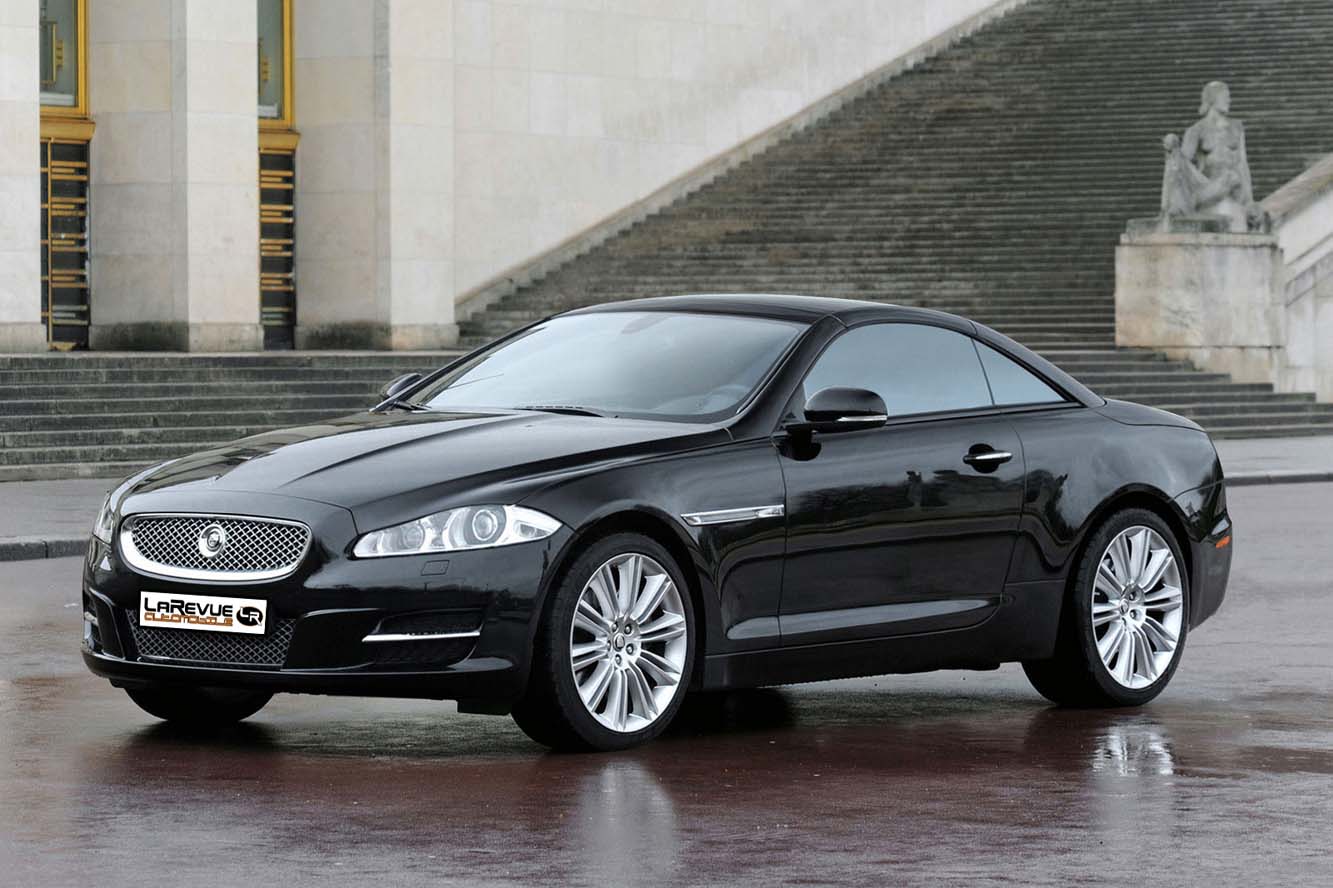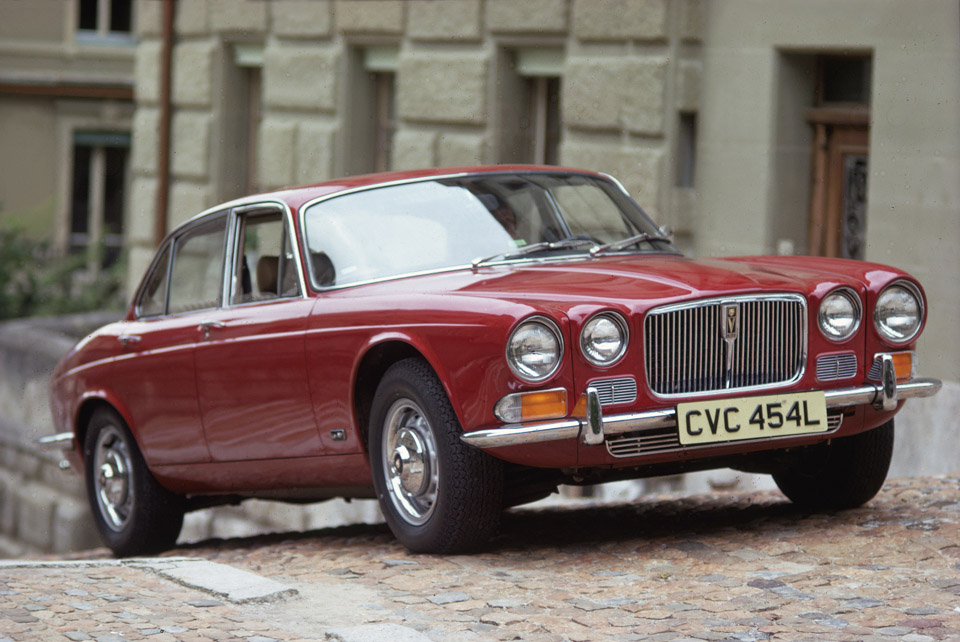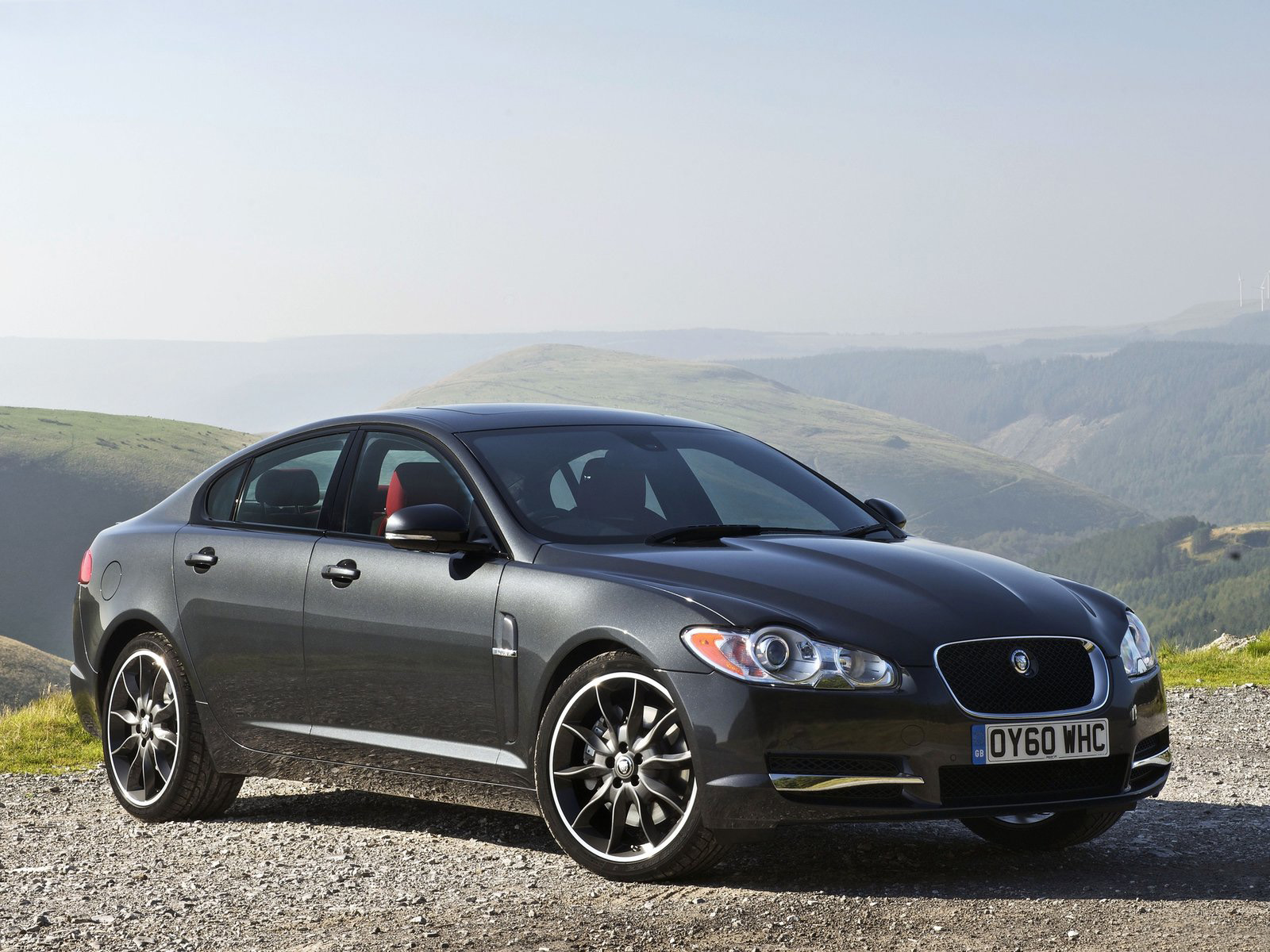"At this week's Frankfurt motor show Jaguar will show the C-X17 concept. It is a small, 'cross-over' SUV, the kind of car Jaguar might not have envisaged itself building, but exactly the kind of car the world wants, especially with "

Jaguar: Where Did it all Go Right?
A room-service waiter once wheeled a trolley laden with champagne into a hotel room occupied by George Best, in his pomp and his dressing gown. Arranged on the bed was a Miss World contestant and thousands of pounds of casino winnings. “Mr Best,” the waiter famously asked, “where did it all go wrong?”

The waiter probably didn’t look out of the window, but if he had, he’d probably have seen one of George’s Jaguars parked below: it would only have made this poster boy for the raffish, slightly dangerous image Jag once had seem all the more perfect. Like George, Jaguar has seen extremes of fortune, but right now it’s having a hotel-room moment. Like George, it’s flush with cash, Jaguar-Land Rover having just declared a billion-pound – billion-pound – post-tax profit on sales of ten times that. Like George, it is awash with attractive models; its XF and striking new XJ saloons, the XK coupe, the C-X75 eco-supercar and the smaller XE coupe-convertible that the spy photographers have started snapping (you think these things happen unplanned?)

Yet just two years ago Jaguar had the begging bowl out. Sales ravaged by the recession, it faced having to close one of its three factories and still needing to touch Lord Mandelson for a loan and guarantees worth around £600m just to keep operating. A few famous automotive names didn’t make it through the GFC, and for a while Jaguar looked like it might be one of them.
So, Jaguar, where did it all go right?
Three things saved Jag: good cars, Ian Callum, and the Indians. It had been making good cars for a while; the 2002 revision of the S-Type was pretty sensational to drive, and the XJ of 2003 was a revelation with its lightweight aluminium construction that made heroes of its new diesels and small, economical petrols.
But God, they were awful to look at, Jaguar having found a design language that worked in the sixties and having mutated it ever since. That XJ was particularly bad, the lines of William Lyons’ elegant ’68 saloon contorted and stretched around the volumes and hard points and crash requirements of a modern car.
Ian Callum hadn’t been in his design director job long when that XJ was launched and had little to do with it; he virtually held his nose as he first showed it to me in his studio at Gaydon. Richard Parry-Jones, global product supreme for Ford, which owned Jaguar then and an insane driver, was more enthusiastic as we drove a prototype at furious speed through torrential rain on the empty mountain roads around his Welsh home. It was terrific to drive: pity so few people found out.

Car designers are like football managers, generally moved on too soon when their plans need time to work through. Callum is an exception. He remembers when Jaguars were edgy and ground-breaking rather than retro and derivative, and he’s been left in place long enough to have been responsible for his employers entire line-up: a very rare achievement.
And oh, must Jaguar be glad. After years in the doldrums Jaguar’s sales had started brightly in 2008, thanks entirely to the XF, which now looked as good as the old S-Type drove. Without the XF and the new XJ Callum had already penned, Tata might not have bought Jaguar and Land Rover from Ford in early 2008 for £1.4bn.
Despite the XF, Jaguar’s 2009 sales slumped 33 per cent. But without them, it might have closed altogether, particularly if the Tata buy-out hadn’t gone through and Ford, desperate to cut its European losses and avoid bankruptcy itself, had been left with two companies that were haemorrhaging money and just a few months later would have been impossible to offload.

Ian Callum’s reimagining of Jaguar isn’t solely responsible for its survival. British car enthusiasts often bemoan the lack of a domestically-owned major carmaker, but globalization makes such concepts less relevant, and as owners go, they don’t get much better than Ratan Tata. He’s a car boss in the Piech or Agnelli mould; eccentric, visionary, maybe a little mad. He has a strong social conscience: he says his goal in business is to lay his head on his pillow each night knowing he has harmed no-one, and it was his desire to cut road deaths in India that inspired him to create the Nano, a ‘proper’ car for just £1400.
When the conditions Mandelson attempted to impose on a bail-out package for Jaguar-Land Rover proved too onerous, Tata manned-up and doubled-down, pumping an estimated billion quid into his British acquisition, despite the fact that the Indian mothership was struggling too. And he’s had the courage to leave Jaguar to it: insiders report an almost total lack of interference from the new bosses despite what they’ve risked.
So you couldn’t blame Tata for repatriating the vast profits Jaguar is making as its market has come back to find a sexy, edgy range of cars waiting for it. Except he’s not. Far from closing a factory, JLR is now looking to open an engine plant. It’s hiring 1000 engineers and plans to spend an extra half-billion each year on new models. It’s not difficult; good cars that look good will sell, and Tata is prepared to fund them and let Jaguar get on with making them. And the good news on the financial pages is as important as a five-star road test result in Autocar.
The former Porsche boss Wendelin Wiedeking said that successful people like to buy cars from a successful company. It has the models and the cash, but with Tata in charge it’s unlikely to chuck it all away like Georgie did.
CLICK TO ENLARGE










Jaguar has always built cars with style, reliable electrical was there let down not the car and interference from inept civil morons when Jaguar where part of British Leyland and the MK10
Jags are great, they may not be built like the germans but they have kudos and that is everything
Ben Oliver should not dismiss the various incarnations of the XJ, nor should he decry Jaguar’s previous design language. The fact is that their previous design language always made them stand out from the crowd, in the same way that Rolls-Royce/Bentley always did. Fashions come and go, but style is eternal, and that is what Jaguar created. That, unfortunately, is the problem with the current range. Jaguar still make wonderful cars, but now they look too much like other marques. Coming up on one from the rear or the side, you have to get fairly close to know that an XF or a new XJ is a Jaguar, whereas the older XJs were distinctive a mile away. On the new cars, only the front grille distinguishes them from a distance. The new XJ could be a new Mercedes, and the XF could be a Vauxhall. I also feel that they look ungainly, compared to their predecessors, more so the XF than the sleeker XJ, but still neither are as aesthetically pleasing, as they don’t capture the long, wide, & low-slung saloon look that the older XJs epitomised. The problem, I feel, is where the design cues appear to have come from – the XK. When the XF was born, it was so obviously, to me, an inflated saloon derivative of the XK, and it just doesn’t work when you bulk it up. By contrast, when Sir William Lyons created the original XJ, it was a fusion of cues. Yes, it had influence from the E-type, particularly in the boot area, but it also drew from the Mark X. A saloon should be a saloon, not an overgrown sports car. A good example of how a saloon should be is the Maserati Quattroporte, which is a beautiful saloon car, that is very different from their sports cars, whilst still retaining the family look. My current car is a 1995 Sovereign (X300), which has all the beautiful sculpting that the XJ is famous for, and still attracts many admiring looks and comments, both at car shows and on the street. If and when I have to change it for a more modern one, it will be the X350 XJ – the last of the old XJ family – that I shall be buying, and not the new model. I wish Jaguar the very best, and they can be as fashionable as they like in the lower ranges, but I would plead with them to turn the flagship back into the eternal style icon that it always was. They’ve done it before, when they retreated from the eighties’ fashion influence that produced the XJ40, so they can do it again.
Yes – good article. Thank goodness it wasn’t condemed when Ford spat it out